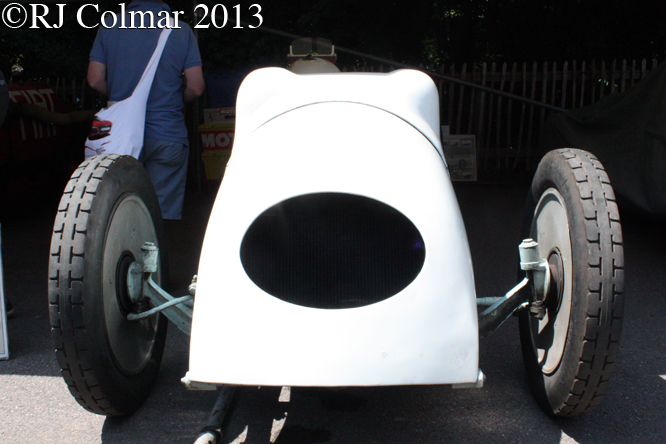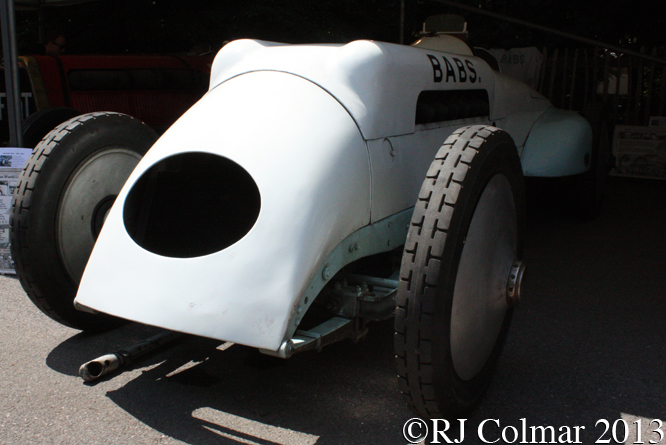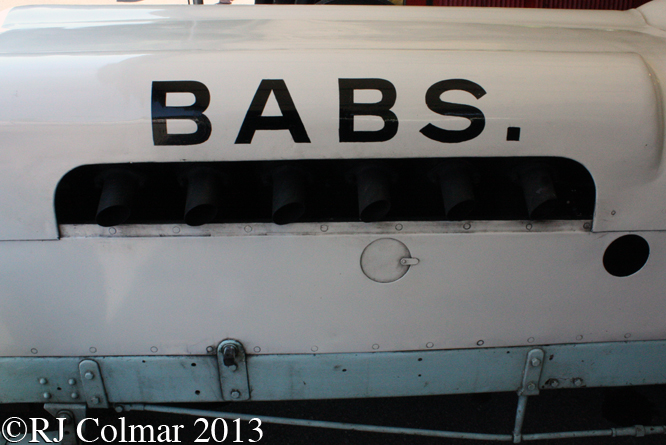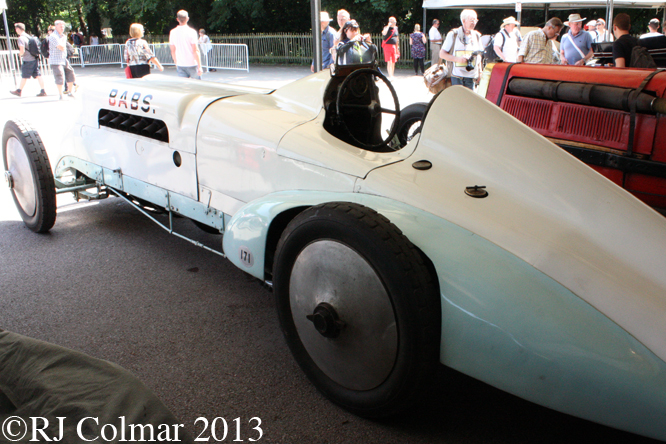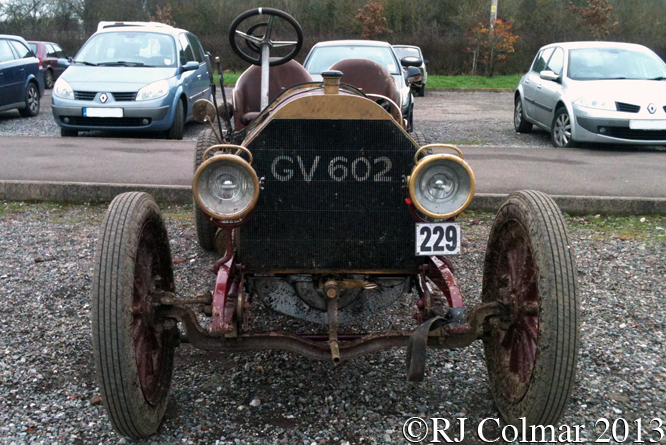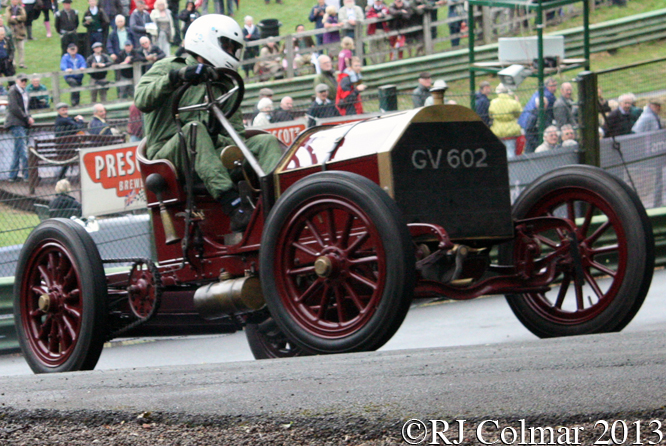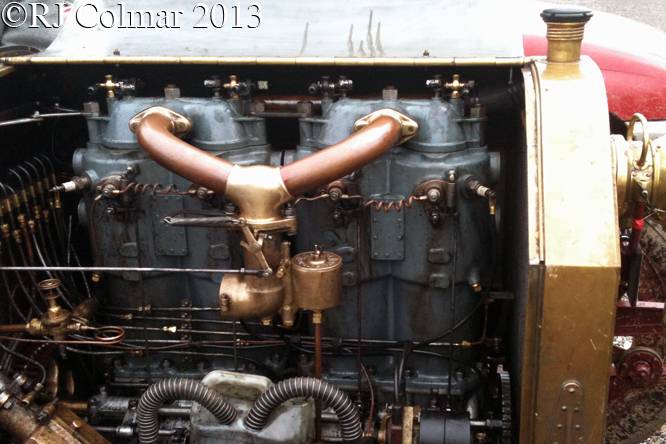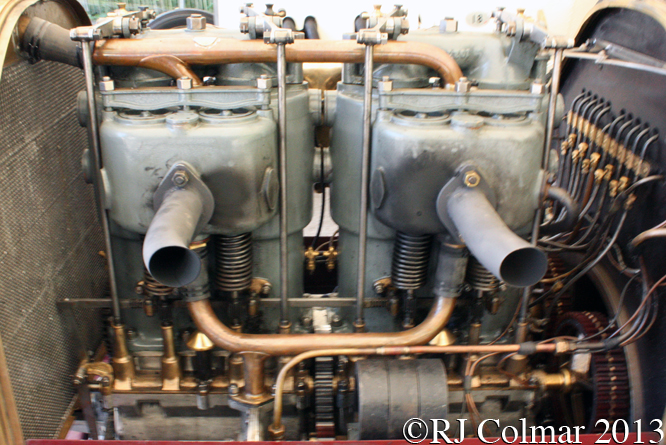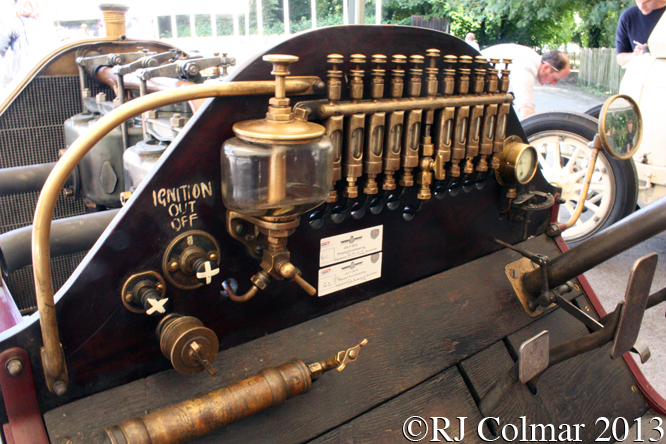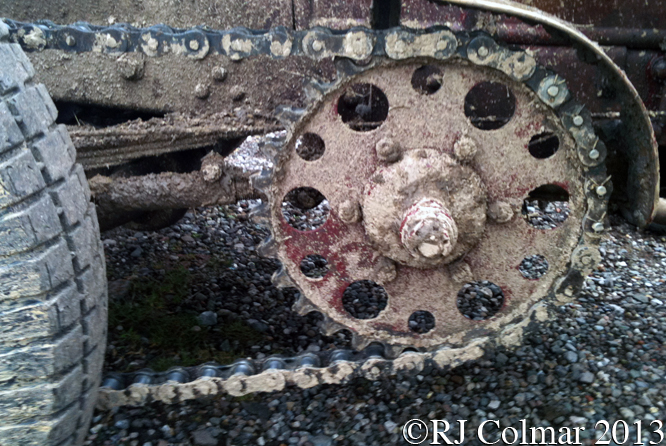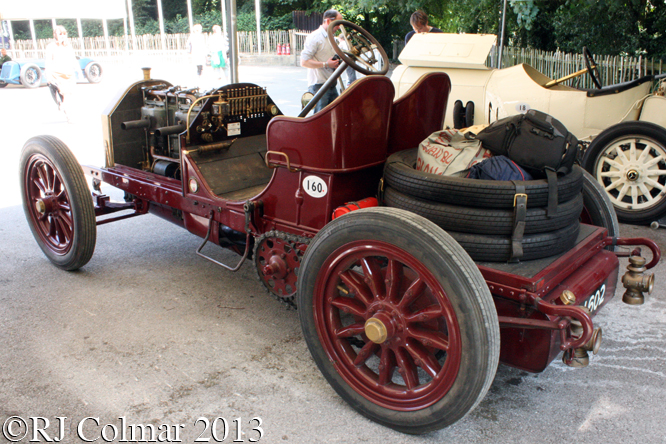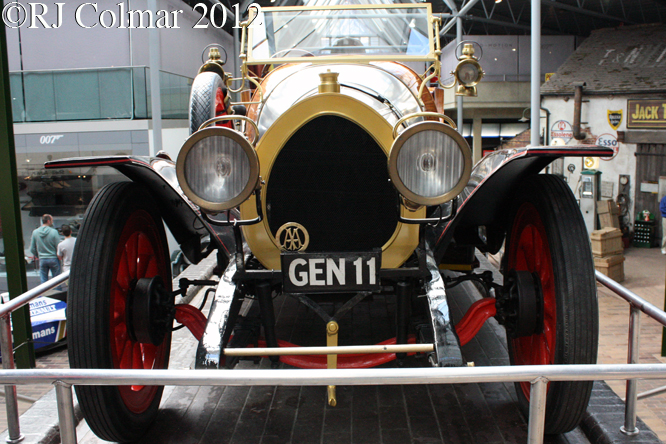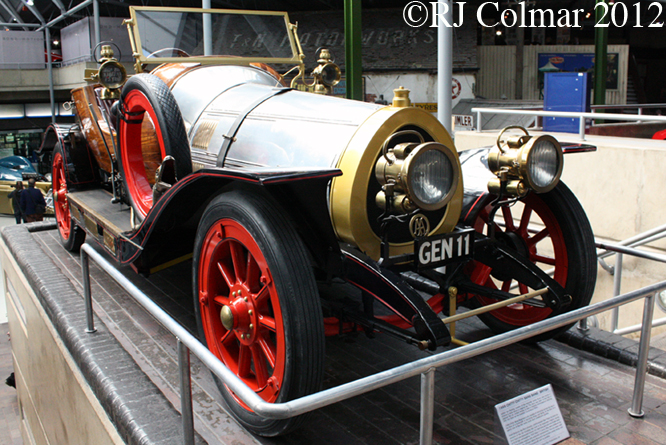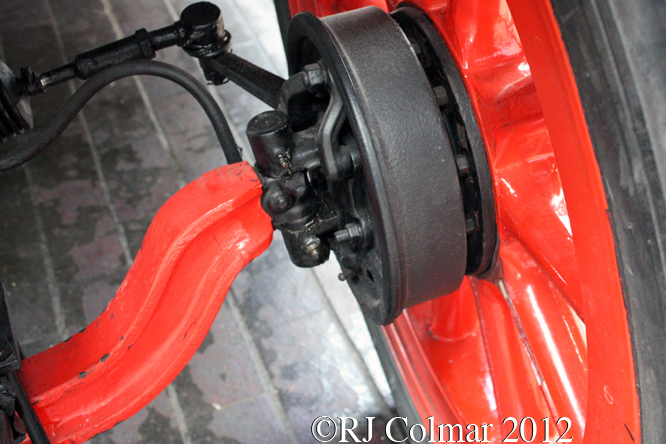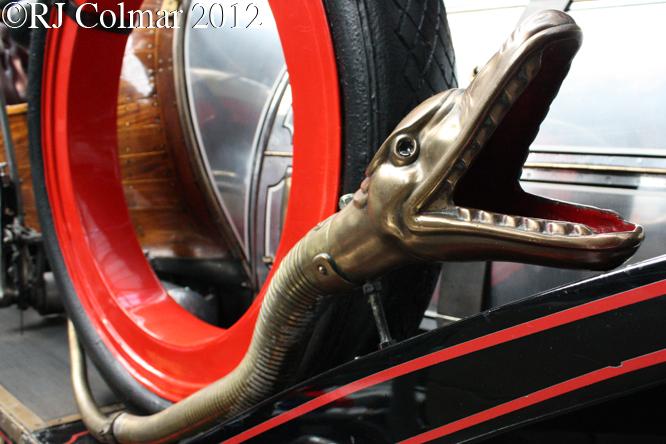For the first time regulations for the 1914 French Grand Prix mandated a maximum engine size of 4.5 litres / 274 cui which put a premium on engine efficiency not least because a minimum 1,100 kgs / 2425 lbs minimum weight limit was also mandated.
Only entries from factory supported teams were accepted and these came from Alda, Aquila Delage, Fiat, Nagant, Nazzaro, Opel, Peugeot, Pichard-Pictet, Schneider, Sunbeam, and Vauxhall with 37 entries in all.
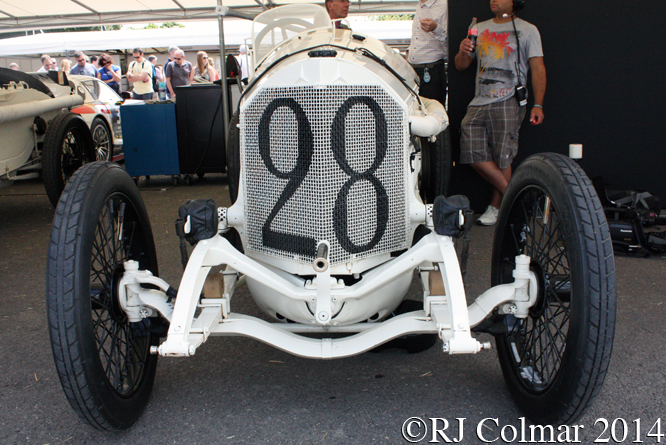
Peugeot were the 1913 French Grand Prix winners and their 1914 Grand Prix challenger retained both an advanced overhead twin cam 16 valve engine design and brakes on all four wheels, while the slightly more crude Mercedes only had a single overhead cam engine and brakes acting only on the rear wheels.
Less than a week before the event news that Archduke Franz Ferdinand had been assassinated in Sarajevo was a strong omen that a major conflict was about to be set in motion that would see Russia, France and Britain align themselves against the forces of Germany and Austria.
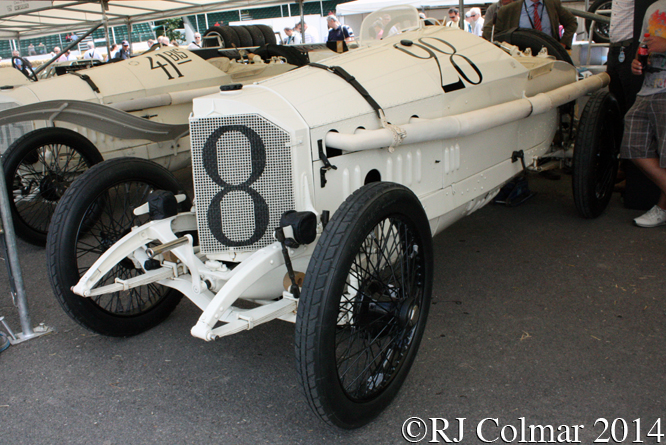
Rookie driver Max Sailer, possibly through inexperience, went charging into the lead of the seven hour race in his Mercedes 18/100 and unwittingly dragged a proud and upset to be in second Georges Boillot into an unequal dual, it turned out that the vertically mounted spare tyres in the rear of the Peugeot L45 gave the car inferior handling to the Mercedes with it’s spare tyres mounted tilting slightly forward.
Nonetheless Sailer retired from the lead at one quarter of the race distance with a broken engine, leaving Boillot to lead for the next 12 laps despite having to make several pit stops for tyres compared to the one planned stop made by Christian Lautenschlager and his team mate Louis Wagner.
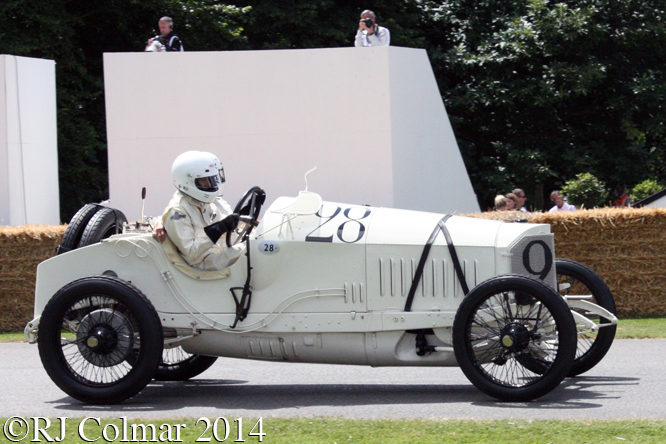
Despite plenty of pre event practice Christian Lautenschlager’s planned pit stop was unusually disorganised which left Louis Wagner to pursue Boillot’s Peugeot.
Wagner destroyed his second set of tyres in the pursuit of the Peugeot which had kept up a relentless pace to stay in the lead.
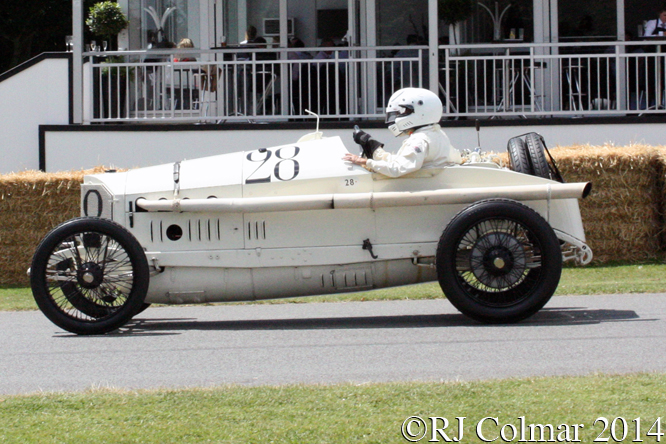
By three quarter distance Wagner made an unscheduled stop for new tyres handing second place to Lautenschlager.
With two laps to go Boillot’s Peugeot engine had nothing left when Christian Lautenschlager driving today’s featured chassis #15364 silenced the French crowds by storming into the lead to be followed into second place by Louis Wagner and a third Mercedes driven by Otto Salzer.
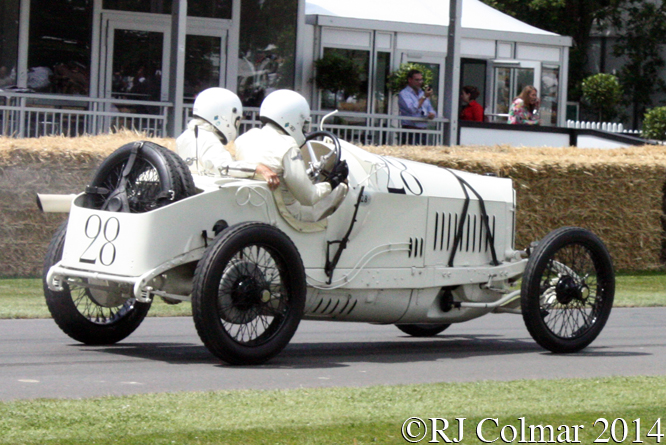
#15364 sent to Berlin where it was put on show immediately after the race and was sent to London for similar purposes only to arrive just in time for the start of the 1914/18 hostilities.
After the war Count Zborowski acquired #15364 and was the first of several owners to race it at Brooklands.
One owner had a Berliet body and front brakes fitted to the car which remained until it was restored to running order by Stanley Sears in the 1960’s, current owner Martin Viessmann, seen at the wheel in these photograph’s taken at Goodwood Festival of Speed, has been the custodian of #15364 since 1984.
Thanks for joining me on this “1914 French GP Winner” edition of “Gettin’ a li’l psycho on tyres” I hope you will join me again tomorrow. Don’t forget to come back now !


